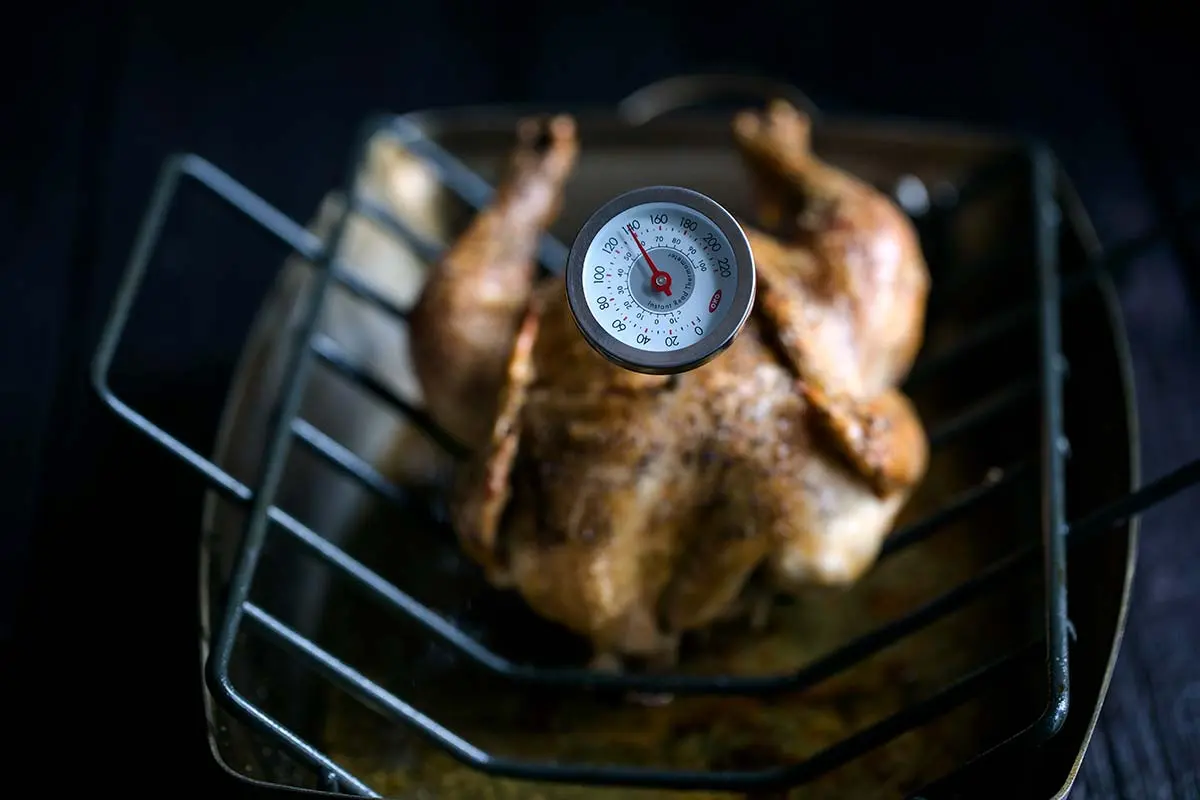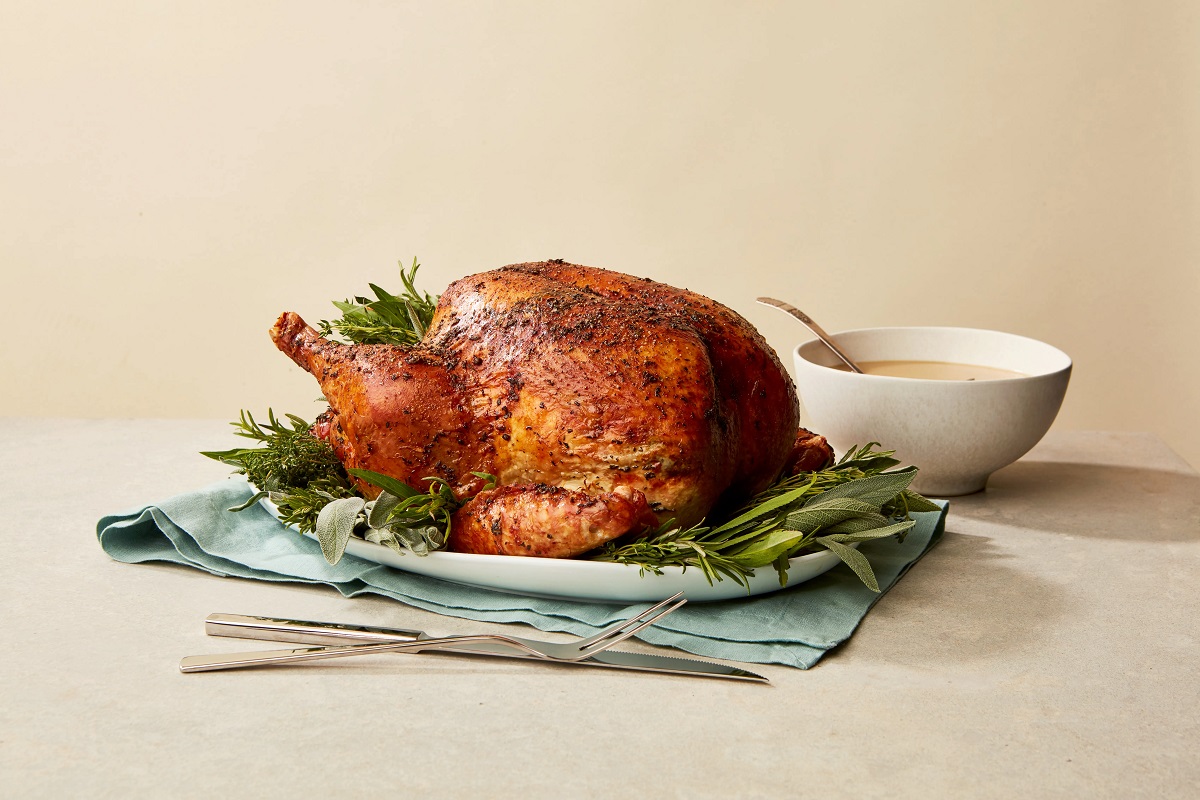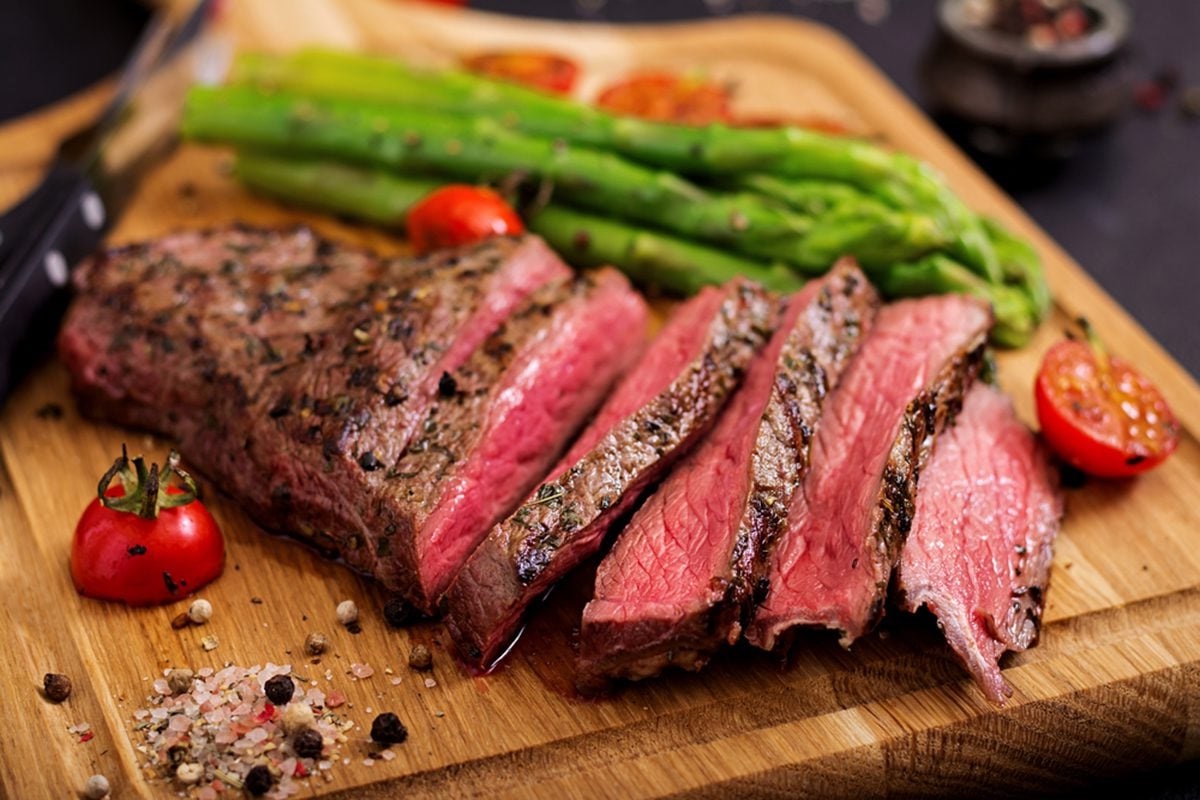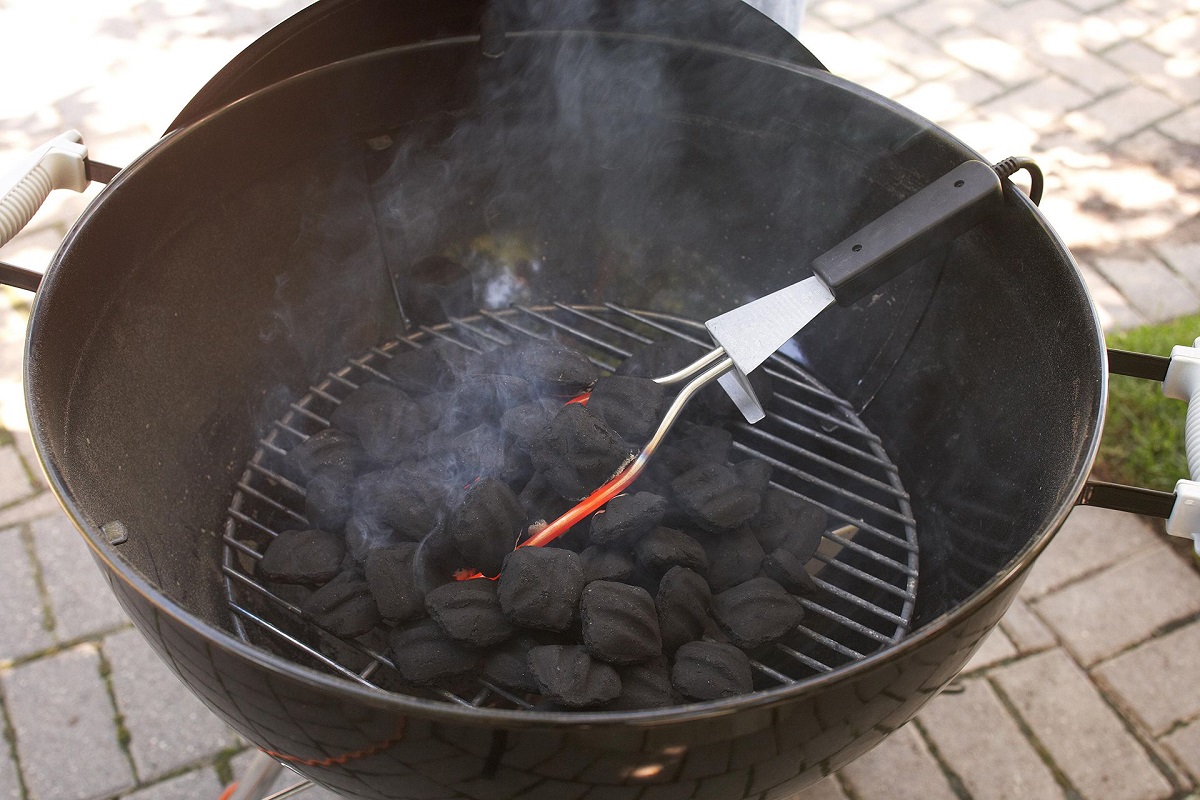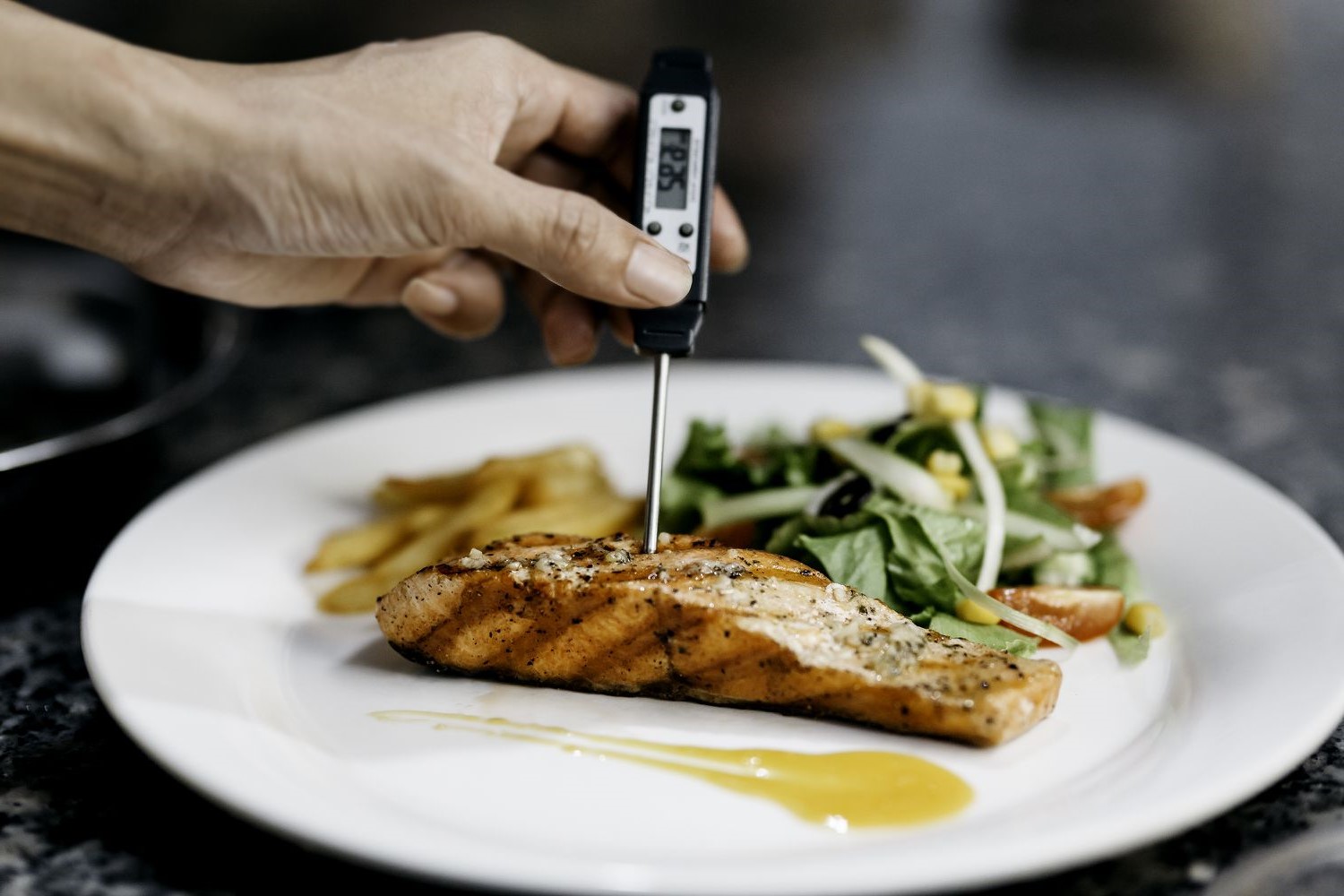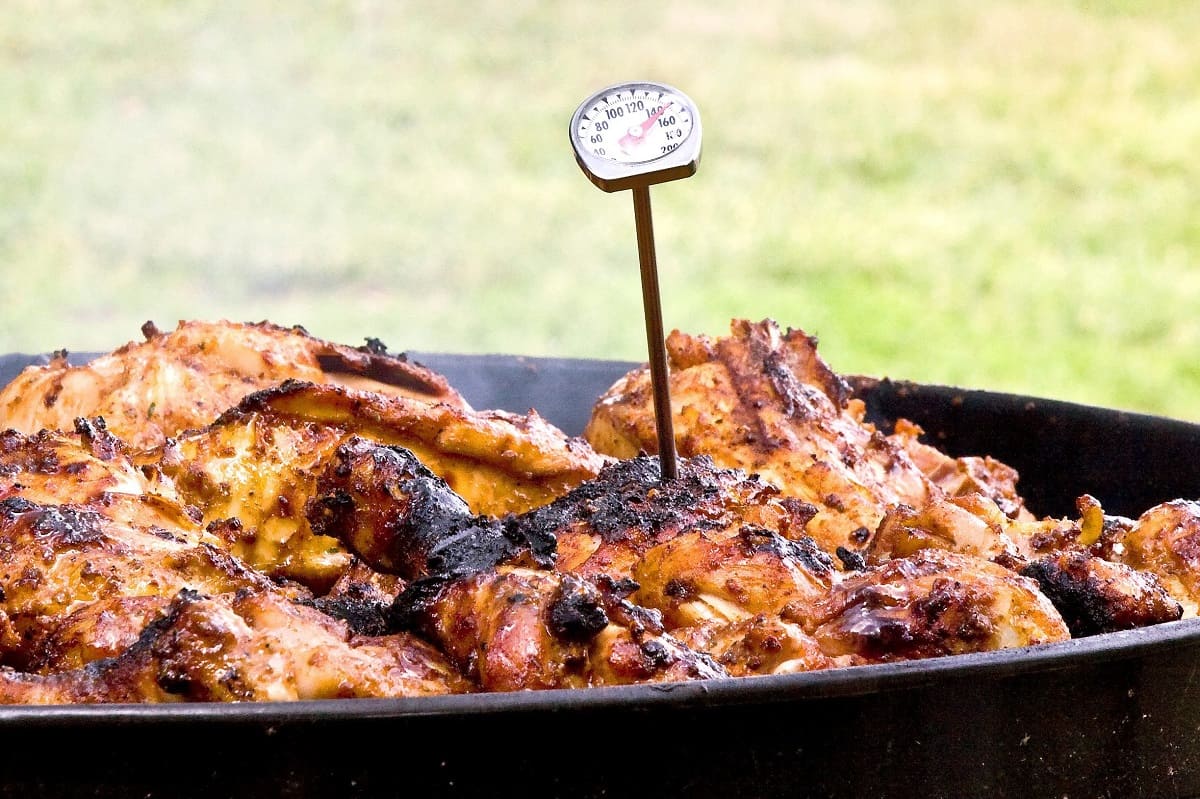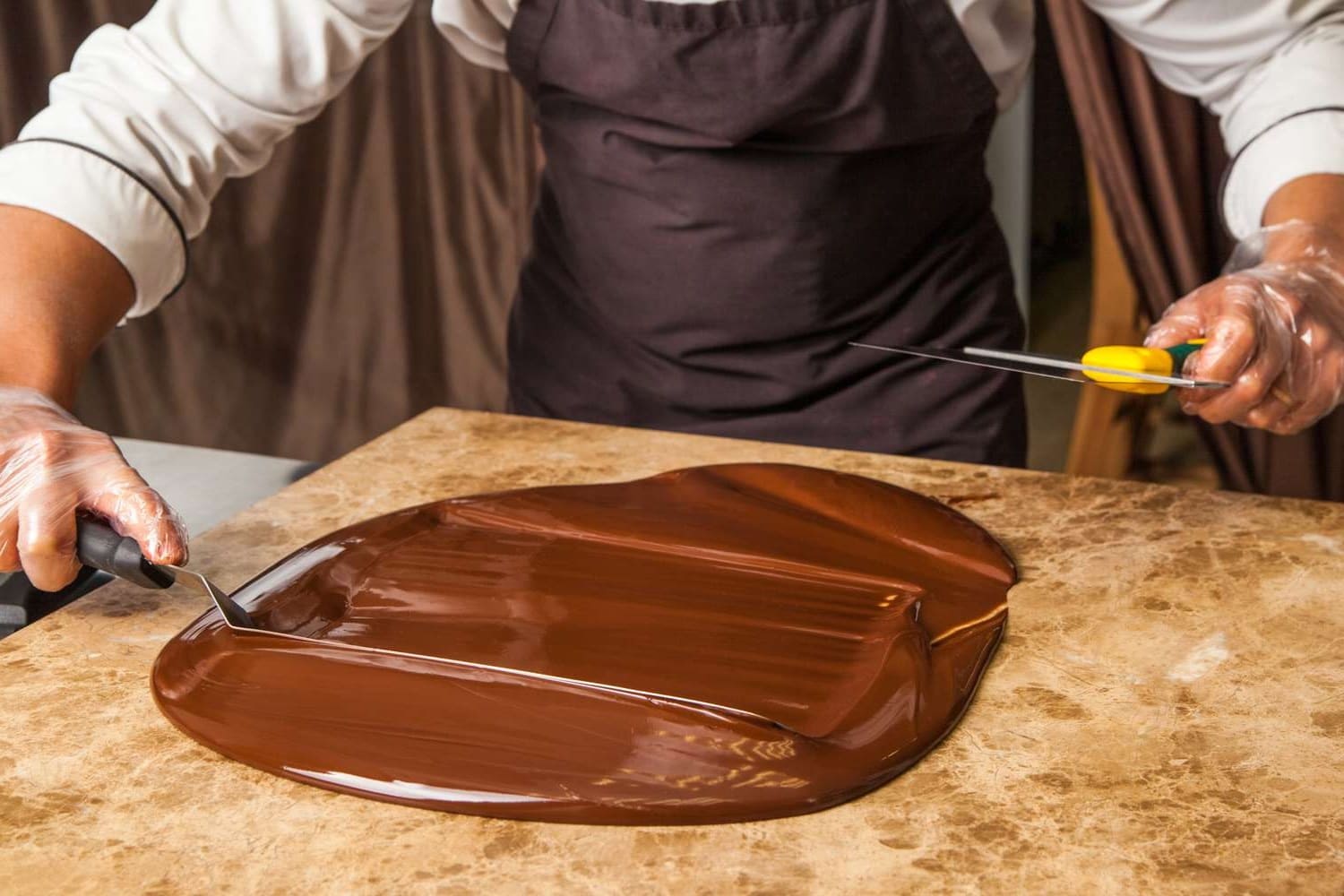Home>Culinary & Beverages>Delicious Smoked Brisket: A Guide To Perfectly Cooked Brisket
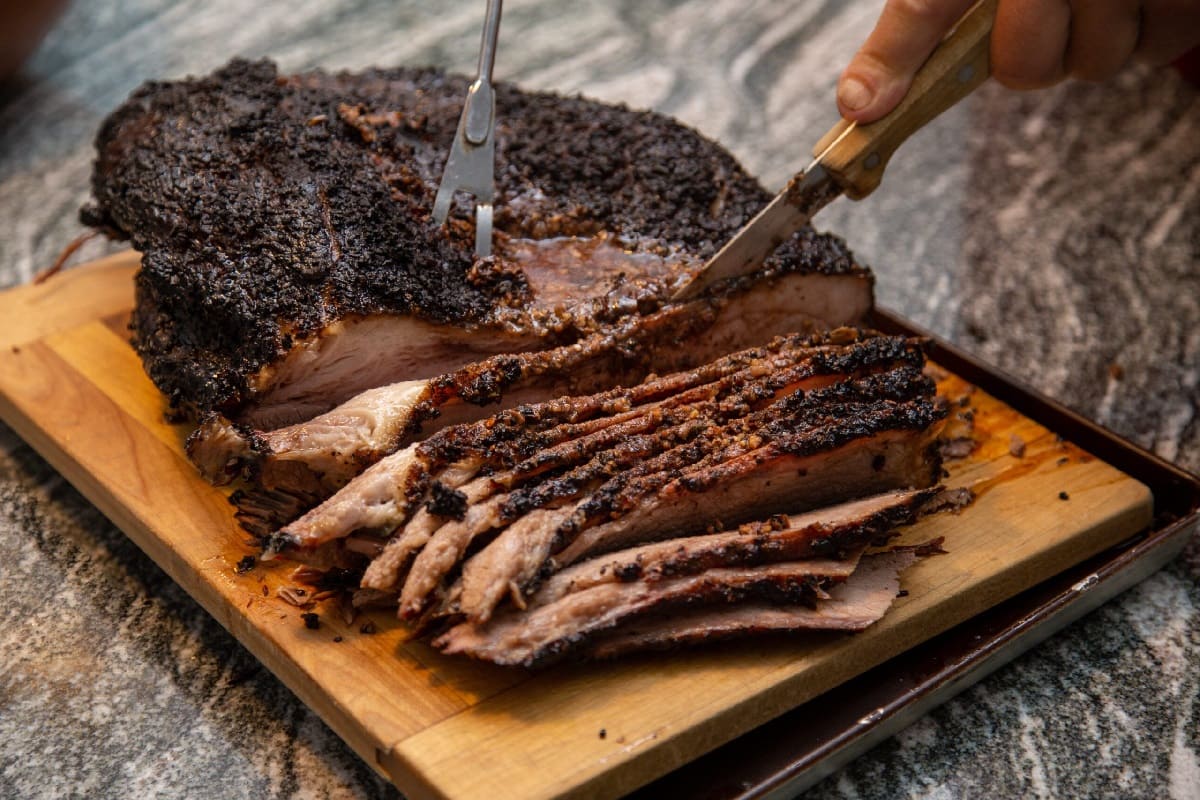

Culinary & Beverages
Delicious Smoked Brisket: A Guide To Perfectly Cooked Brisket
Published: February 22, 2024
Discover the secrets to perfectly cooked smoked brisket with our comprehensive guide. Elevate your culinary skills and impress your guests with this delicious dish.
(Many of the links in this article redirect to a specific reviewed product. Your purchase of these products through affiliate links helps to generate commission for Temperatures.com, at no extra cost. Learn more)
Table of Contents
The Art of Smoking Brisket
Smoking brisket is a revered culinary art form that requires patience, skill, and a deep understanding of the meat and the smoking process. Achieving the perfect balance of tenderness, flavor, and smokiness is the ultimate goal for any pitmaster. Here's a comprehensive guide to mastering the art of smoking brisket.
Understanding the Cut
Brisket, a cut of beef from the lower chest of the animal, is known for its rich marbling and robust flavor. It consists of two distinct muscles—the leaner flat and the fattier point. When smoking brisket, it's crucial to recognize the differences in these muscles and how they cook. The flat tends to cook faster and can dry out if not carefully monitored, while the point contains more fat, which renders down during the smoking process, imparting unparalleled juiciness and flavor to the meat.
Selecting the Right Wood
The choice of wood for smoking greatly influences the final flavor profile of the brisket. Traditional options like oak, hickory, and mesquite impart a robust, smoky flavor, while fruitwoods such as apple and cherry offer a milder, slightly sweet aroma. Each type of wood contributes its unique essence to the brisket, and pitmasters often experiment with different wood combinations to achieve their desired flavor profile.
Mastering the Smoke
Achieving the perfect smoke is a delicate balance. Too much smoke can overpower the meat, while too little may result in a lackluster flavor. Controlling the temperature and the amount of smoke is essential. Pitmasters often follow the "thin blue smoke" rule, where the smoke should appear almost translucent, indicating clean combustion and optimal flavor infusion.
Patience and Precision
Smoking brisket is a labor of love that demands time and attention. Low and slow is the golden rule, with temperatures typically ranging from 225°F to 250°F. This slow cooking method allows the collagen in the brisket to break down gradually, resulting in a tender, melt-in-your-mouth texture. Pitmasters meticulously monitor the temperature, making subtle adjustments to ensure a consistent and controlled cooking environment.
Embracing the Art
Smoking brisket is not merely a cooking technique; it's a journey of discovery and mastery. Pitmasters embrace the nuances of the process, from selecting the perfect cut to coaxing out the ideal blend of flavors. It's a timeless tradition that brings people together, celebrating the art of barbecue and the joy of savoring perfectly smoked brisket.
By understanding the intricacies of smoking brisket and embracing the artistry behind it, anyone can embark on a flavorful and rewarding culinary adventure.
Choosing the Right Brisket
Selecting the right brisket is a crucial first step in the journey to creating a mouthwatering smoked masterpiece. When perusing the meat aisle or visiting a butcher, keep an eye out for briskets with ample marbling. Marbling, the delicate streaks of fat woven throughout the meat, is a key indicator of tenderness and flavor. A well-marbled brisket promises a luscious, juicy end result, as the fat melts during the smoking process, infusing the meat with succulence and enhancing its overall taste.
Additionally, the size and thickness of the brisket should be considered. Opt for a brisket with a balanced thickness across the flat and point muscles. This ensures even cooking and consistent texture throughout the cut. While larger briskets may be tempting for their impressive appearance, smaller cuts often offer more manageable cooking times and can be more forgiving for novice pitmasters.
When examining briskets, pay attention to the color and texture of the meat. Look for briskets with a vibrant red hue, indicating freshness and quality. The surface should be smooth and free from excessive blemishes or discoloration. A well-trimmed brisket, with a thin and even layer of fat, provides an ideal canvas for seasoning and smoking, allowing the flavors to permeate the meat evenly.
Furthermore, consider the grade of the brisket. Prime-grade briskets, known for their exceptional marbling and tenderness, are favored by many pitmasters for their superior quality. However, choice-grade briskets, while slightly leaner, can also yield delectable results when handled with care and expertise.
Ultimately, the art of choosing the right brisket lies in balancing factors such as marbling, size, freshness, and grade to align with your preferences and smoking techniques. By carefully selecting a high-quality brisket, you set the stage for a remarkable smoking experience and the creation of a delectable, tender, and flavorful smoked brisket that will leave a lasting impression on all who partake in its indulgence.
Preparing the Brisket for Smoking
Preparing the brisket for smoking is a crucial step that sets the foundation for a delectable end result. The process involves several key elements, each contributing to the development of rich flavors, tender texture, and optimal smoke absorption.
Trimming and Seasoning
Before the brisket meets the smoker, it undergoes meticulous trimming to ensure even cooking and flavor distribution. Trimming involves removing excess fat and silver skin from the surface of the meat, allowing seasonings and smoke to penetrate the brisket effectively. While some pitmasters prefer to leave a thin layer of fat to enhance moisture and flavor, excessive fat can hinder the absorption of seasonings and smoke, leading to an unevenly seasoned and cooked brisket.
Once trimmed, the brisket is ready to be seasoned. A simple yet effective seasoning blend often comprises kosher salt, freshly ground black pepper, and a hint of garlic powder. This classic combination accentuates the natural flavors of the beef without overpowering it. Pitmasters may also incorporate additional spices and herbs to customize the flavor profile, such as paprika for a subtle smoky undertone or cayenne pepper for a touch of heat. The seasoning is generously applied to all sides of the brisket, ensuring a well-balanced flavor throughout the meat.
Resting and Absorption
After seasoning, the brisket undergoes a crucial resting period, allowing the seasonings to adhere to the surface and permeate the meat. This resting phase, often referred to as the "dry brine," enables the salt to draw out moisture from the surface, creating a flavorful brine that is reabsorbed into the meat. As the brisket rests, it undergoes a transformative process, enhancing its natural juiciness and flavor.
Acclimatization and Flavor Infusion
Prior to entering the smoker, the seasoned brisket is left to acclimate to room temperature. This brief period allows the meat to relax and ensures more even cooking throughout the brisket. As the brisket absorbs the smoky aroma during the smoking process, the flavors meld harmoniously, resulting in a tantalizing blend of seasoned richness and aromatic smokiness.
By meticulously preparing the brisket for smoking, pitmasters lay the groundwork for a culinary masterpiece. The careful attention to trimming, seasoning, resting, and acclimatization sets the stage for a perfectly smoked brisket, where each bite offers a symphony of flavors and textures that captivate the senses and elevate the dining experience.
Smoking Techniques and Tips
Mastering the art of smoking brisket involves a deep understanding of various smoking techniques and the application of expert tips to achieve exceptional results. From managing the smoker to harnessing the power of wood and fire, here are essential techniques and tips for elevating your brisket smoking prowess.
Temperature Control
Maintaining a consistent and optimal smoking temperature is paramount to the success of the brisket. Whether using a traditional offset smoker, a pellet smoker, or a kamado-style cooker, precise temperature control is key. Pitmasters often employ a combination of vents, dampers, and airflow adjustments to regulate the heat within the smoker. Additionally, investing in a reliable meat thermometer to monitor the internal temperature of the brisket is indispensable for ensuring it reaches the desired level of doneness.
Smoke Management
Achieving the perfect balance of smoke is an art in itself. Pitmasters carefully select their wood, considering factors such as moisture content, size, and combustion properties. The type of wood used greatly influences the flavor profile of the brisket, and pitmasters often experiment with various wood combinations to achieve their desired results. Furthermore, strategically adding wood chunks or chips at intervals throughout the smoking process ensures a consistent infusion of aromatic smoke, enhancing the overall flavor of the brisket.
Fire Tending
For smokers that rely on charcoal or wood as the primary fuel source, tending to the fire is a critical aspect of the smoking process. Pitmasters meticulously manage the fire, adding fuel as needed and adjusting the airflow to maintain a steady, clean burn. This level of attentiveness ensures a steady heat source and a clean, flavorful smoke, essential for producing a perfectly smoked brisket.
Resting and Slicing
Once the brisket has reached its ideal level of doneness, it undergoes a crucial resting period. This allows the juices to redistribute within the meat, resulting in a moist and tender texture. Pitmasters often wrap the brisket in butcher paper or aluminum foil during this resting phase to preserve its warmth and juiciness. When it comes time to slice the brisket, achieving the perfect slice thickness is an art form. Slicing against the grain ensures a tender bite, while skillfully presenting the brisket showcases the exquisite marbling and smoke ring, adding to the overall sensory experience.
Continuous Learning and Adaptation
The world of barbecue is rich with tradition and innovation. Pitmasters are constantly learning, adapting, and refining their techniques to push the boundaries of flavor and tenderness. Embracing a spirit of continuous improvement and experimentation is fundamental to the art of smoking brisket, allowing pitmasters to evolve their craft and delight palates with ever-refined smoked masterpieces.
By honing these smoking techniques and embracing expert tips, pitmasters can elevate their brisket smoking endeavors, creating unforgettable culinary experiences that celebrate the timeless art of smoked brisket.
Checking for Doneness
Determining the doneness of a smoked brisket is a pivotal moment in the smoking process, requiring a keen eye, experience, and a touch of intuition. As the brisket undergoes the slow and transformative journey within the smoker, several methods are employed to assess its readiness for the next phase of the culinary masterpiece.
Visual and Textural Cues
Visual inspection plays a significant role in gauging the doneness of a smoked brisket. Pitmasters closely observe the exterior of the brisket, looking for telltale signs of readiness. The bark, or outer crust, should exhibit a rich mahogany color, indicating caramelization and flavor development. Additionally, the surface texture should display a slight firmness, signaling the formation of a delectable crust that encapsulates the tender, succulent meat within.
Probing for Tenderness
A tried-and-true method for assessing doneness involves the use of a meat thermometer or a probe. Pitmasters carefully insert the thermometer or probe into the thickest part of the brisket, aiming to gauge the internal temperature and, more importantly, the resistance encountered. The ideal level of tenderness is often likened to the sensation of inserting the probe into room-temperature butter, signifying a buttery softness that indicates the breakdown of collagen and the development of a luxuriously tender texture.
The Bend Test
Another technique employed by seasoned pitmasters is the bend test. This method involves gently lifting the brisket with a pair of tongs, allowing the weight of the meat to reveal its readiness. A perfectly smoked brisket will exhibit a subtle flexibility, bending under its own weight without breaking apart. This flexibility indicates the desirable tenderness and moisture retention within the brisket, a hallmark of expertly smoked meat.
The Feel of the Slice
As the brisket nears its moment of truth, pitmasters may also rely on the tactile sensation of slicing the meat. A well-smoked brisket yields to the blade with a graceful ease, offering minimal resistance as it is expertly carved into succulent, mouthwatering slices. The texture of the meat, coupled with the presence of a captivating smoke ring and luscious marbling, serves as a testament to the meticulous smoking process and the attainment of culinary perfection.
A Symphony of Indicators
Ultimately, the doneness of a smoked brisket is a harmonious interplay of visual, textural, and sensory cues. Pitmasters draw upon their expertise and sensory acumen to discern the precise moment when the brisket has reached its pinnacle of flavor and tenderness. This culmination of techniques and intuition results in a culinary masterpiece that captivates the palate and celebrates the artistry of smoked brisket.
By delicately interpreting these indicators, pitmasters ensure that each smoked brisket embodies the epitome of tenderness, flavor, and artful execution, delivering an unparalleled dining experience that leaves a lasting impression on all who partake in its savory splendor.
Resting and Serving the Perfect Brisket
Resting is a crucial phase in the journey of smoking brisket, where the culmination of patience, precision, and expertise converges to yield a tender, flavorful masterpiece. As the brisket emerges from the smoker, it enters a transformative resting period, allowing the juices to redistribute and the flavors to harmonize, resulting in a succulent and delectable end product.
During the resting phase, the brisket is carefully wrapped in butcher paper or aluminum foil, cocooning it in a warm embrace that preserves its moisture and tenderness. This gentle envelopment serves to further enhance the texture and juiciness of the brisket, ensuring that each slice offers a symphony of flavors and a melt-in-your-mouth sensation that captivates the palate.
The resting period also provides an opportune moment for reflection and anticipation, as the aromas of smoky richness permeate the air, heralding the impending delight of savoring the perfectly smoked brisket. This interlude allows the brisket to reach its peak of succulence, with the flavors intensifying and melding to create a culinary marvel that transcends mere sustenance.
Once the brisket has luxuriated in its resting phase, it is time for the grand unveiling. With deft hands and a discerning eye, the brisket is unveiled from its protective wrap, revealing a glistening exterior that hints at the tender marvel concealed within. Each slice, carefully carved against the grain, unveils a mosaic of marbling and a captivating smoke ring, a testament to the meticulous smoking process and the artistry that has transpired.
Serving the perfect brisket is a ceremonious affair, where each slice is presented with reverence and pride. The culmination of the pitmaster's dedication and expertise is showcased in every tender morsel, inviting guests to partake in a sensory journey that celebrates the timeless tradition of smoked brisket.
As the first bite is savored, the culmination of the smoking process is unveiled—a symphony of flavors that dance on the palate, a tender texture that yields effortlessly, and a lingering smokiness that evokes a sense of culinary bliss. Each serving of the perfect brisket is a testament to the artistry and mastery that defines the world of barbecue, a testament to the timeless allure of smoked brisket.
In the realm of culinary indulgence, serving the perfect brisket transcends mere sustenance; it embodies a celebration of tradition, expertise, and the joy of savoring a culinary masterpiece. With each slice, the legacy of smoked brisket endures, captivating palates and hearts alike, ensuring that the art of serving the perfect brisket remains an enduring and cherished tradition.
